Busan Sikdang(부산식당)
.0M 2021-04-09
12 Insadong 11-gil Jongno-gu Seoul
+82-2-733-5761
It is a house where you can eat hot and spicy Daegutang (Codfish Soup). This restaurant's signature menu is codfish stew. This Korean dishes restaurant is located in Jongno-gu, Seoul.
Busan Sikdang (부산식당)
6.6M 2021-03-24
12, Insadong 11-gil, Jongno-gu, Seoul
+82-2-733-5761
Busan Sikdang has been operated in one location since 1976. They offer clean and plain soup and properly-cooked rice prepared upon the customers' arrival.
Seolleneun Majung (설레는마중)
68.6M 2021-03-30
49, Insadong-gil, Jongno-gu, Seoul
+82-2-6954-2915
It is a store that sells both traditional Korean desserts and coffee. This cafe is located in Jongno-gu, Seoul. The most famous menu is rice cake.
Balwoo Gongyang (발우공양)
74.8M 2025-05-29
56 Ujeongguk-ro, Jongno-gu, Seoul
Centro de Información de Estancias en Templos (템플스테이 홍보관)
74.8M 2022-09-28
Ujeongguk-ro 56, Jongno-gu, Seúl
El centro es un complejo cultural de cinco plantas donde se encuentran la mayoría de oficinas responsables de las estancias en templos, centros de información, centros educativos, un restaurante de comida budista tradicional llamado Balwoo Gongyang, entre otros.
Insadong Geujip (인사동그집)
76.6M 2020-04-24
3, Insadong 12-gil, Jongno-gu, Seoul
+82-2-737-0575
Insadong Geujip, located in the famous neighbourhood of Insadong, is a Korean fusion restaurant that is particularly well known for its traditional, yet unique interior. Along with “Insadong Seafood Rice,” and “Insadong Geujip On Rice”, diners can find a range of delicacies including Hanbang
Bossam (Herbal Napa Wraps with Pork), Savory Seafood & Spring Onion Pancake, and Kimchi Parae Pancake on the menu.
The restaurant's specialty, Geujip On Rice, a sort of Bibimbab made with a variety of seafood, vegetables and edible flowers and mixed together with rice and a red pepper paste called gochujang. The basic serving size is large enough to feed two.
The restaurant is housed in an old hanok (Korean traditional house) and has been carefully renovated to preserve the house’s traditional feel. Indoor lights wrapped with hanji, Korean traditional paper, shine a soft glow over the entire dining area and add to the overall ambience.
Ssamzigil (쌈지길)
85.8M 2025-05-26
Insadong-gil 44, Jongno-gu, Seúl
En las animadas calles de Insa-dong se fundó un área de 500 m de largo el 18 de diciembre de 2004. Este edificio tan particular fue construido conectando las encantadoras calles con escaleras en forma de espiral. Al ir haciendo compras por las divertidas y encantadoras tiendas hasta el último piso, llegará a Haneulmadang, donde podrá tener una buena vista del cielo. Ssamzigil cubre una superficie de aproximdamente 4.000 m² con más de 70 tiendas de artesanías, galerías de arte, restaurantes y tiendas de recuerdos.
Museo Kimchikan (뮤지엄 김치간)
89.8M 2025-05-26
Insadong-gil 35-4, Jongno-gu, Seúl
Desde su fundación en 1986, el Museo Kimchikan ha expuesto las reliquias históricas relacionadas con el kimchi, los diversos tipos, maquetas de los procesos del preparado, e información sobre la eficacia derivada de su proceso de fermentación. Los visitantes aprenderán sobre el origen y la historia del kimchi a través de libros, pinturas y escrituras antiguas, y los diferentes tipos de vasijas almacenadoras de kimchi junto con los utensilios tradicionales de cocina que se utilizaban para prepararlo. También se exponen diferentes tipos de kimchi característicos en cada región de Corea y espacios para actividades.
Festival de los Faroles de Loto (연등회)
112.8M 2025-03-20
Ujeongguk-ro 55, Jongno-gu, Seúl.
02-2011-1744/5/6/7
Esta celebración tradicional budista tiene unos 1.200 años de historia, desde la época del reino de Silla. En los tiempos de la dinastía Goryeo era conocido como Yeon Deung Hoe, mientras que durante la dinastía Joseon se le llamaba Gwandeungnori. Hasta el día de hoy se mantiene esta tradición que ha sido reconocida como Patrimonio Cultural Intangible de la Humanidad por la Unesco. La ciudad y los templos se iluminan con los faroles de loto y hay vistosos festejos, desfiles y actividades.
Sarangchae (사랑채)
115.7M 2025-05-14
6, Insadong 16-gil, Jongno-gu, Seoul
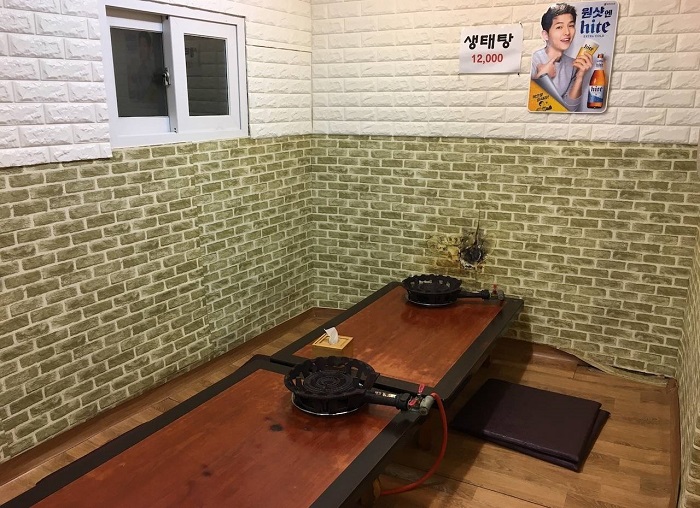
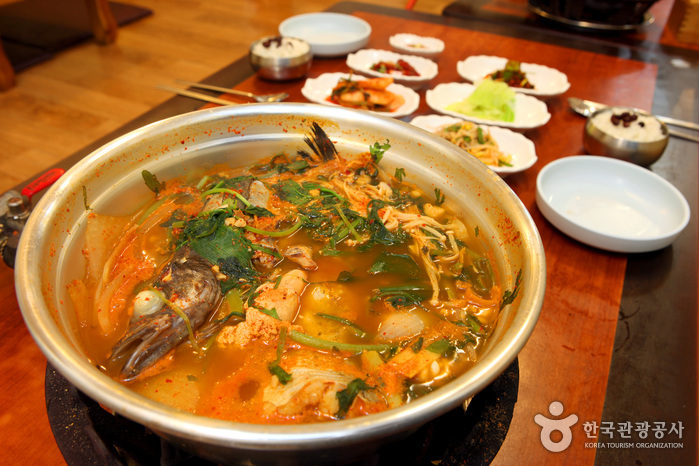
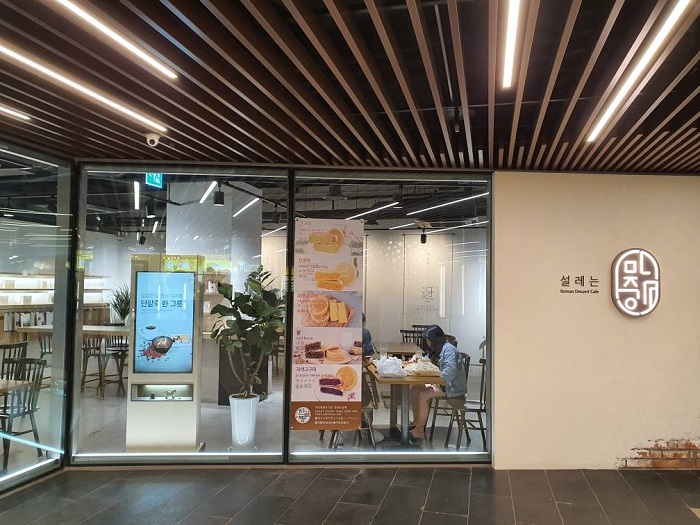

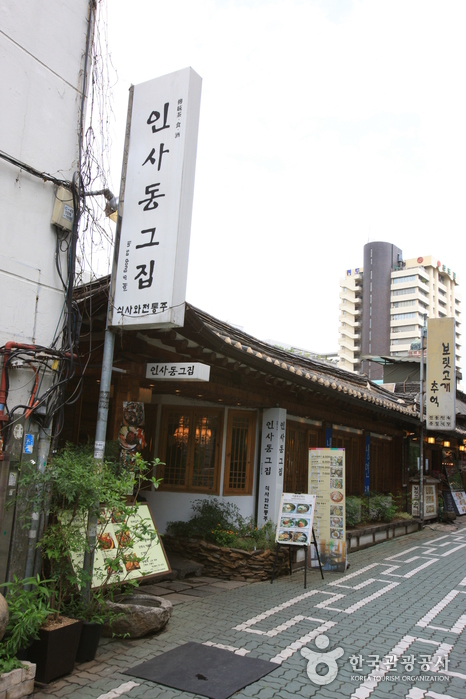
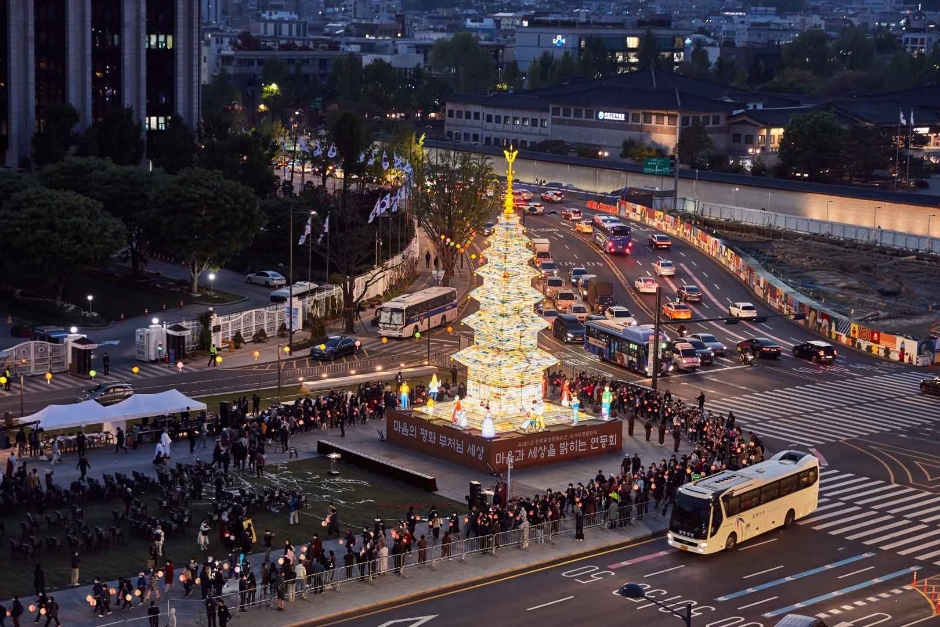
 Español
Español
 한국어
한국어 English
English 日本語
日本語 中文(简体)
中文(简体) Deutsch
Deutsch Français
Français Русский
Русский